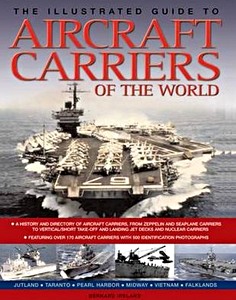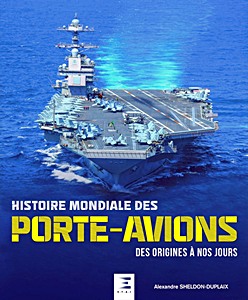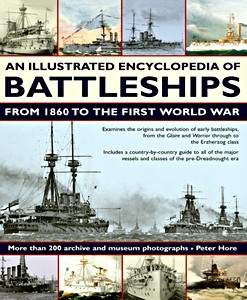The Illustrated Guide to Aircraft Carriers of the World
This is a complete guide to aircraft carriers, from zeppelin and seaplane carriers to V/STOL and nuclear-powered carriers. It examines the evolution of the aircraft carrier, from the first flights from ships in World War I, developments during the inter-war years and World War II battles such as Pearl Harbor, through to modern carriers used in the Falklands.
It is a comprehensive country-by-country directory of all the major aircraft carriers, with expert text describing each vessel's construction, appearance, function and history.
It features over 500 photographs illustrating each type. Specification boxes provide information about country of origin, the company that built the carrier, construction and completion dates, displacement, dimensions, types of aircraft carried, armament, power and performance.
This impressive encyclopedia is both a fascinating history of the aircraft carrier's development and a comprehensive visual directory of more than 170 of the world's aviation ships over nearly a century.
Each entry is accompanied by a specification panel, and all the carriers are accompanied by identification photographs, many of which have never previously been published together in one volume.
With magnificent illustrations and up-to-date information, this book provides both enthusiasts and historians with key information about the world's aircraft carriers, and is an essential reference for everyone interested in naval aviation.
Detalles del libro
| Autor: | Bernard Ireland |
|---|---|
| Presentación: | 256 páginas, 28 x 22 x 1.6 cm, tapa blanda |
| Ilustración: | ricamente ilustrado |
| Editor: | Anness Publishing (GB, 2012) |
| ISBN: | 9781780192178 |

The Illustrated Guide to Aircraft Carriers of the World
Idioma: Inglés
Comprar en Amazon EspañaComprar en Amazon.com
Envío rápido y devoluciones sencillas









